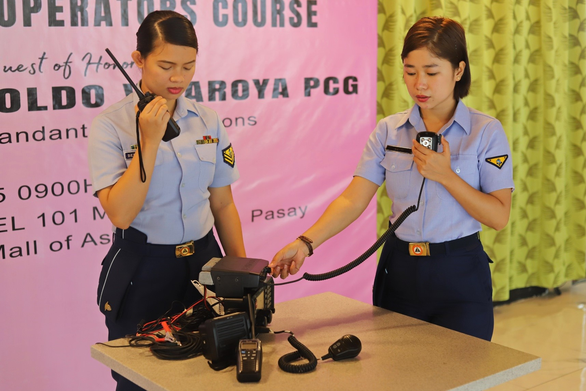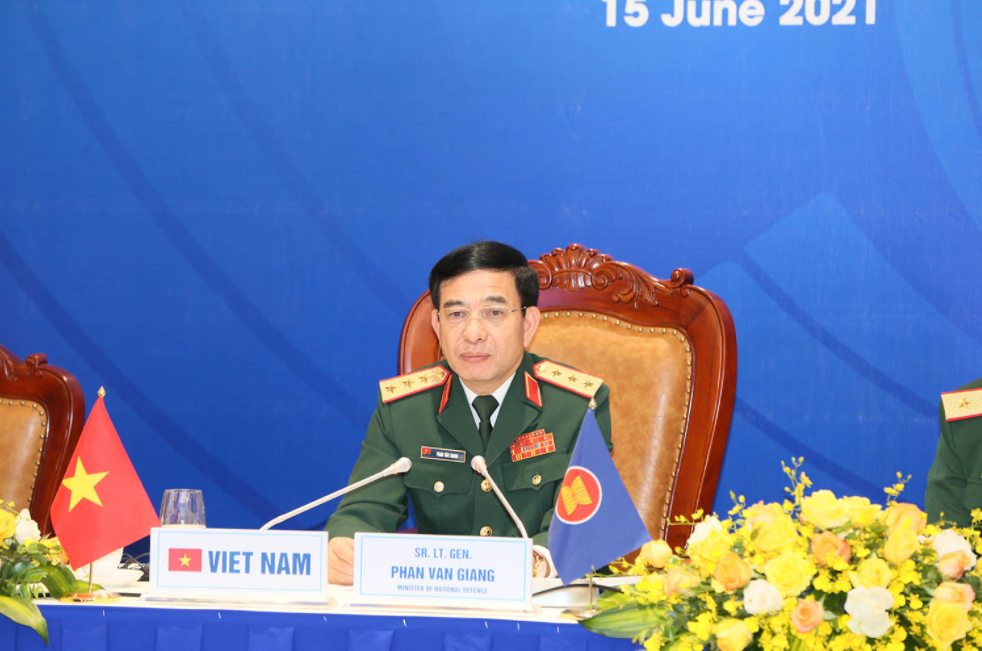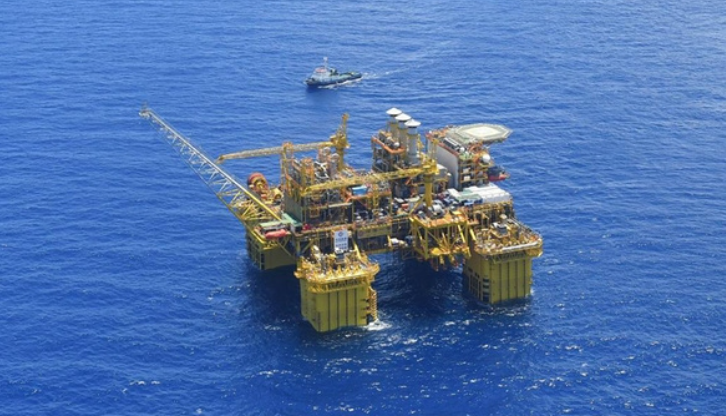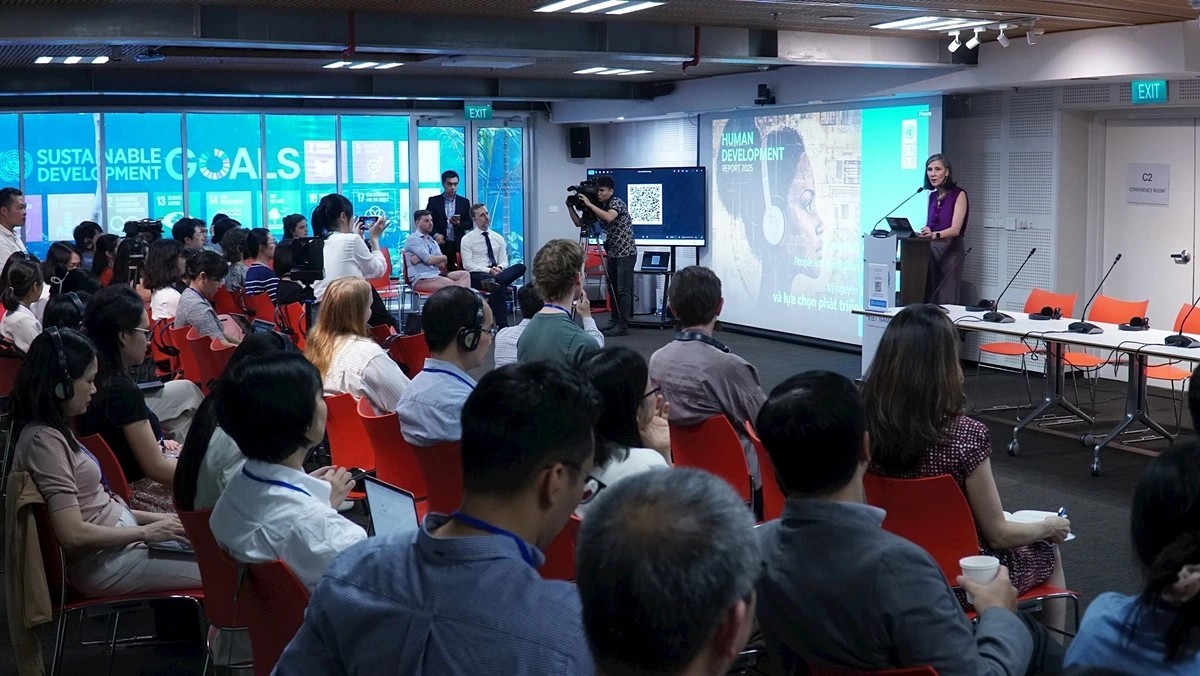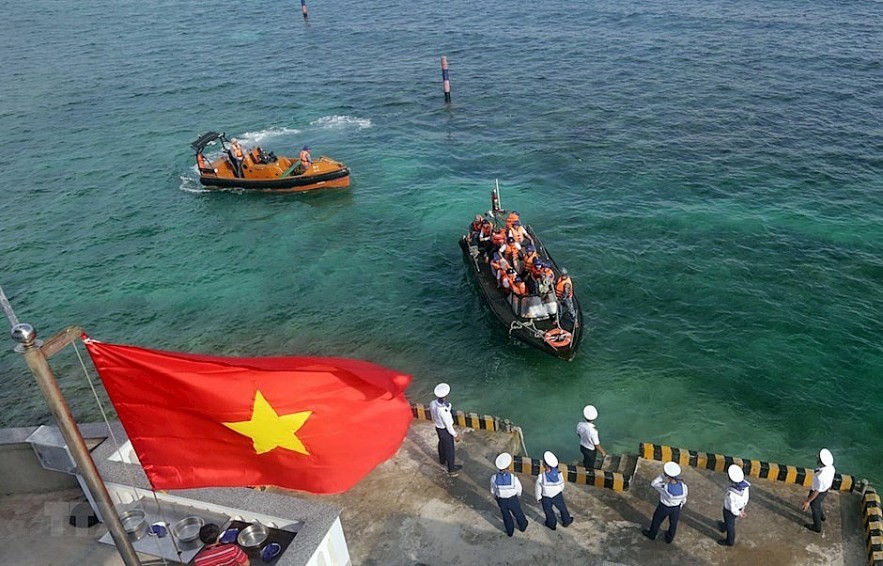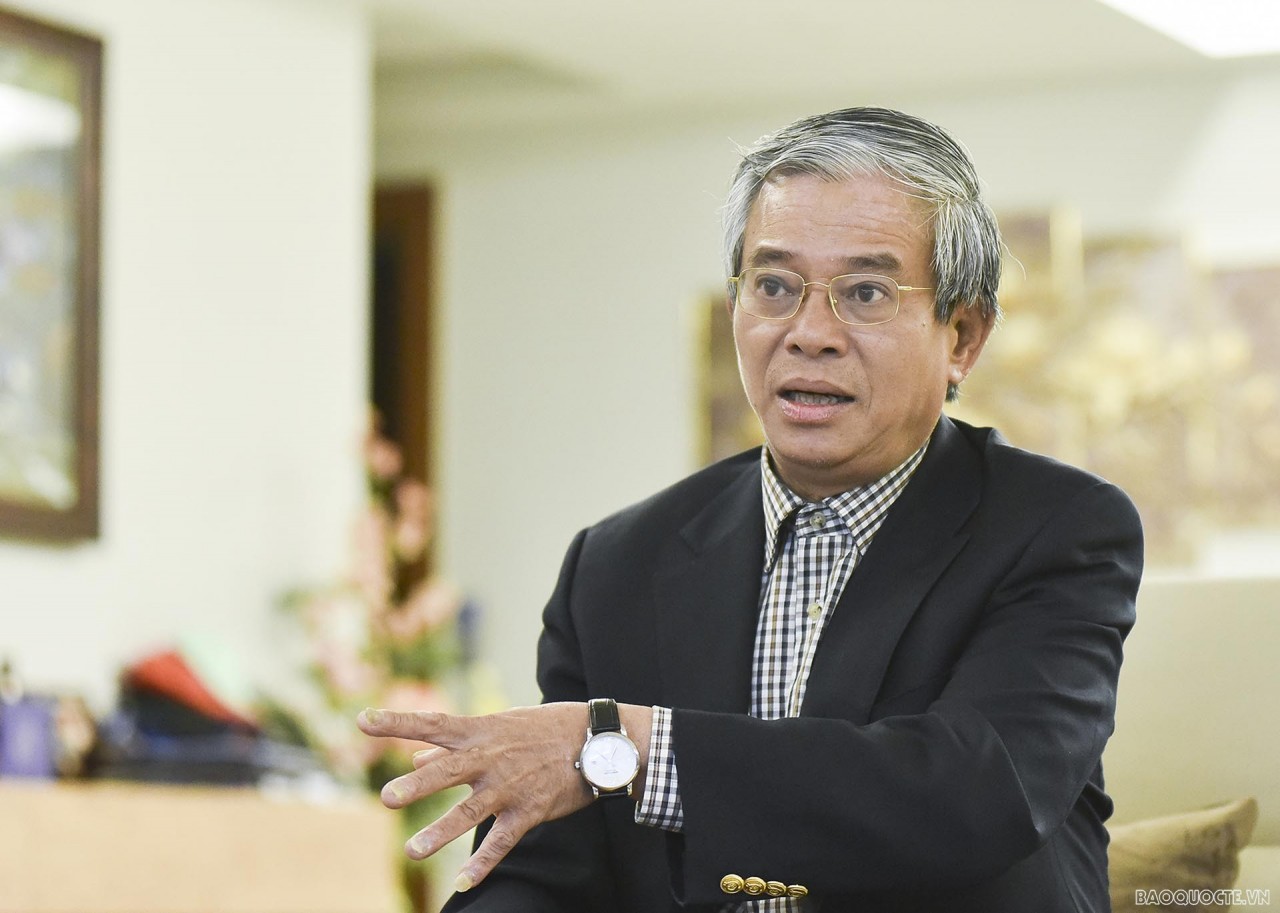South China Sea: Five Years Later, China Boosts Presence In Philippines’ Waters
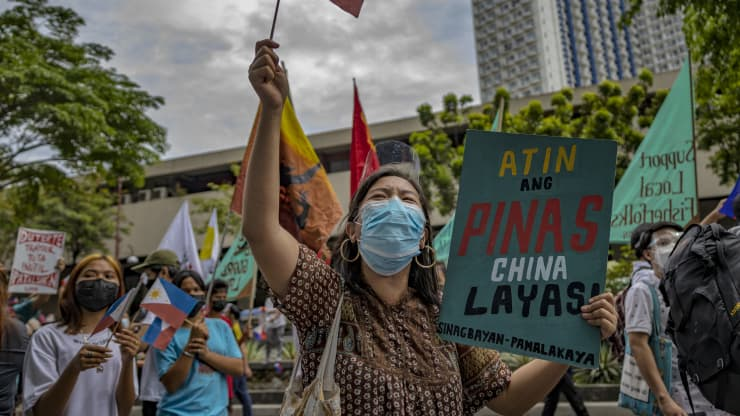 |
| Filipinos march as they mark Independence day with a protest against continued Chinese intrusions in Philippine waters, outside the Chinese Embassy on June 12, 2021 in Makati, Metro Manila, Philippines. Ezra Acayan | Getty Images News | Getty Images |
Filipino fisherman Randy Megu has often braved the storms that spring up in the South China Sea, but these days he has a greater fear: seeing a Chinese maritime enforcement vessel on the horizon.
Five years after a landmark international arbitration court ruling repudiated China’s claims to the waters where Megu fishes, the 48-year-old complains that his encounters with Chinese boats are more frequent than ever.
“I was so scared,” Megu was cited by Reuters as saying, describing how a Chinese vessel had tracked his wooden outrigger boat for three hours some 140 nautical miles (260 km) from the coast in May.
He said other fishermen had reported being rammed or blasted with water cannons while working in what they considered their historic fishing grounds — which they had hoped to secure after the ruling in The Hague in 2016.
| An international tribunal in The Hague ruled in favor of the Philippines in a maritime dispute in 2016, concluding China has no legal basis to claim historic rights to the bulk of the South China Sea. The tribunal concluded that China doesn't have the right to resources within its "nine-dash line," which extends hundreds of miles to the south and east of its island province of Hainan and covers some 90% of the disputed waters. Viewed as a decisive win for the Philippines, the ruling could heighten friction in a region already bristling with tension, especially if it unleashes a defiant reaction from China, according to CNN. China rejected the ruling and has stood by its claim to most of the waters within the so-called "nine- dash nine." |
Al Jazeera reported that the Philippines in March expressed concern after spotting hundreds of Chinese military vessels at a reef claimed by both countries in the South China Sea, but did not immediately lodge a protest.
A government task force overseeing the disputed region said that about 220 vessels, believed to be crewed by Chinese maritime militia personnel, were seen moored at the Whitsun Reef on March 7.
The reef, which Manila calls Julian Felipe, is a boomerang-shaped and shallow coral region about 175 nautical miles (324 kilometers) west of Bataraza town in the western Philippine province of Palawan.
The National Task Force for the West Philippine Sea said the reef is well within Philippines’s exclusive economic zone and it “enjoys the exclusive right to exploit or conserve any resources” there.
“The data here is very clear,” said Greg Poling of Washington’s Center for Strategic and International Studies. “Chinese Coast Guard ships and the militia are in the Philippines’ EEZ more than they were five years ago.”
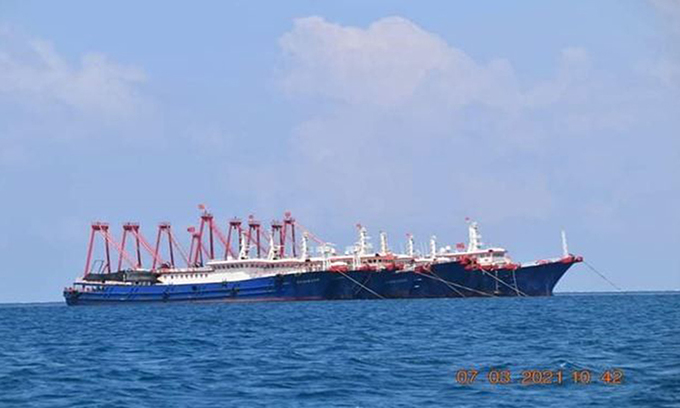 |
| A Chinese military vessel is seen near the Whitsun Reef, March 7, 2021. Photo: Reuters |
Filipinos want the government to assert its claim
A July 2020 opinion poll showed that 70% of Filipinos want the government to assert its claim in the South China Sea, Reuters said.
“We firmly reject attempts to undermine it; nay, even erase it from law, history and our collective memories,” Foreign Minister Teodoro Locsin said in a statement last month.
The country has made 128 diplomatic protests over China’s activities in contested waters since 2016, and coast guard and bureau of fisheries vessels have conducted “sovereign” patrols in the Philippines’ EEZ.
But the Philippines has done little else to press its claim under firebrand President Rodrigo Duterte, who has made the relationship with China a plan of his foreign policy and said it is “inutile” to try to challenge its vastly bigger neighbor.
After some of his cabinet stepped up rhetoric over the waters early this year, Duterte barred them from speaking out.
“China is more in control. The only thing the Duterte government can point to is they haven’t had a major incident,” Poling said. “If you just keep surrendering to the bully, of course there won’t be a fight.”
The Philippine coast guard and ministry of defense did not respond to requests for comment.
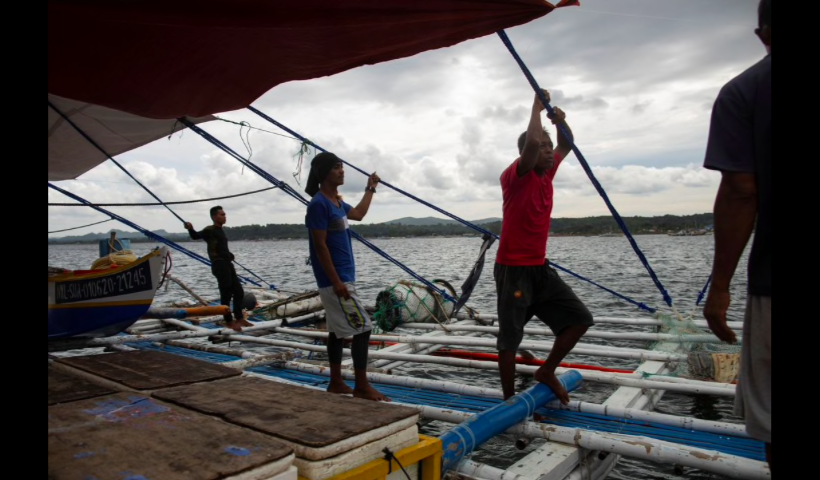 |
| Many Philippine fishermen had reported being rammed or blasted with water cannons while working in what they considered their historic fishing grounds. Photo: Reuters |
China’s growing presence South China Sea
China’s presence has also grown elsewhere in the South China Sea. It has continued to strengthen artificial islands equipped with secured ports, airstrips and surface-to-air-missiles.
Occasional freedom of navigation operations by the U.S. Navy have challenged China’s claims but show no sign of discouraging Beijing from deploying vessels around the Philippines or elsewhere.
Before his election in 2016, Duterte had said he would stand up for his country’s claims in the South China Sea.
He is due to step down at the end of his single six-year term next year, but talk that he could be vice president or be succeeded by his daughter have raised doubts that policies will change.
The fishermen of Pangasinan see little hope of a challenge to the Chinese vessels that now dictate their movements.
“Now, it is as if we are the ones stealing from our own backyard,” said 51-year old fisherman Christopher de Vera./.
| Illegal exploration, survey activities in Hoang Sa violate Vietnam’s sovereignty Spokeswoman of the Vietnamese Ministry of Foreign Affairs Le Thi Thu Hang on July 8 reaffirmed Vietnam’s sovereignty and legitimate rights over Hoang Sa (Paracel) and Truong Sa (Spratly) archipelagoes. At the ministry’s regular press conference, Hang answered reporters’ queries about the information that a research vessel of Sun Yat-sen University (China) will head to the South China Sea, specifically Vietnam’s Hoang Sa archipelago, in October 2021. As affirmed many times, Vietnam has sufficient legal basis and historical evidence affirming its sovereignty over the Hoang Sa and Truong Sa archipelagoes as well as legitimate rights over its territorial waters as defined in the 1982 United Nations Convention on the Law of the Sea (UNCLOS), Hang stated. She stressed that all exploration, survey and scientific research activities in the Hoang Sa archipelago without Vietnam’s permission violate its sovereignty and related rights, and are illegal and valueless, according to the Vietnam News Agency (VNA)./. |
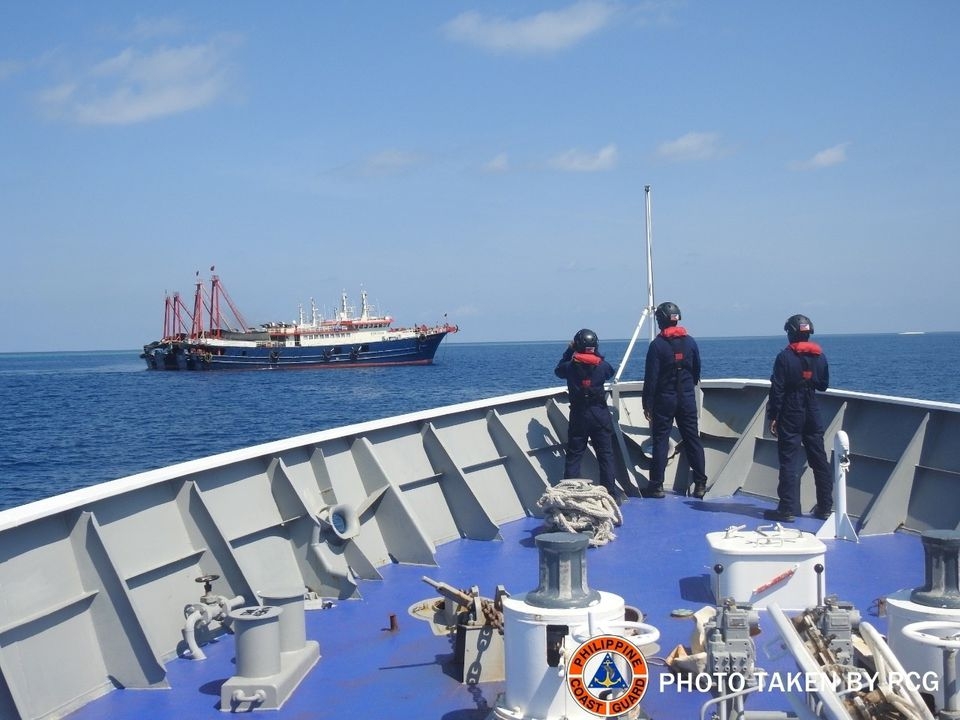 | Philippines protests China's 'illegal presence’ on South China Sea The Philippines has protested China's continuing "illegal presence and activities" near an island in the South China Sea held by the Southeast Asian nation, the ... |
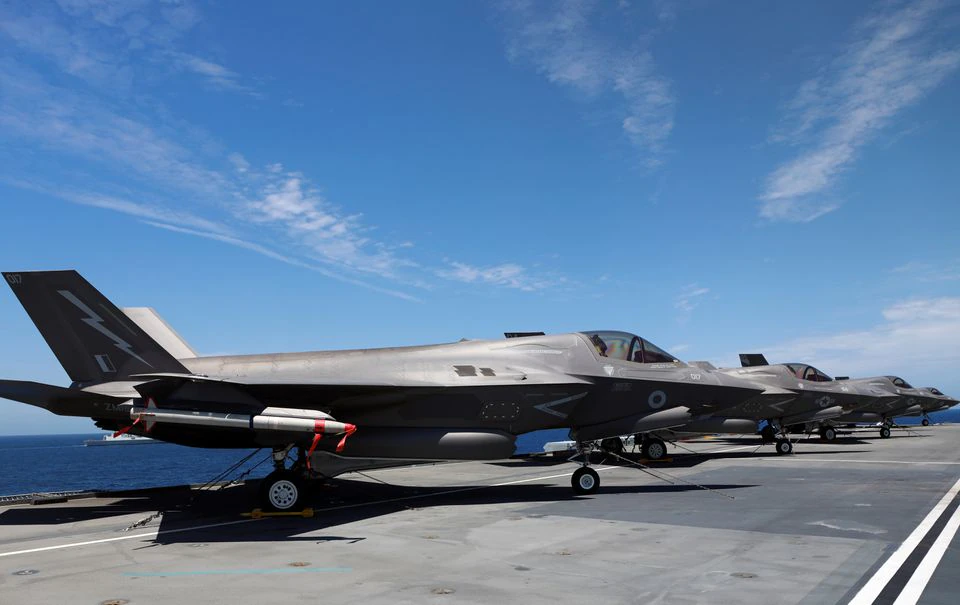 | British's aircraft carrier joins NATO in South China Sea, challenging China Britain’s new aircraft carrier HMS Queen Elizabeth has begun its first operational deployment in a voyage that will cross through the South China Sea. Commodore ... |
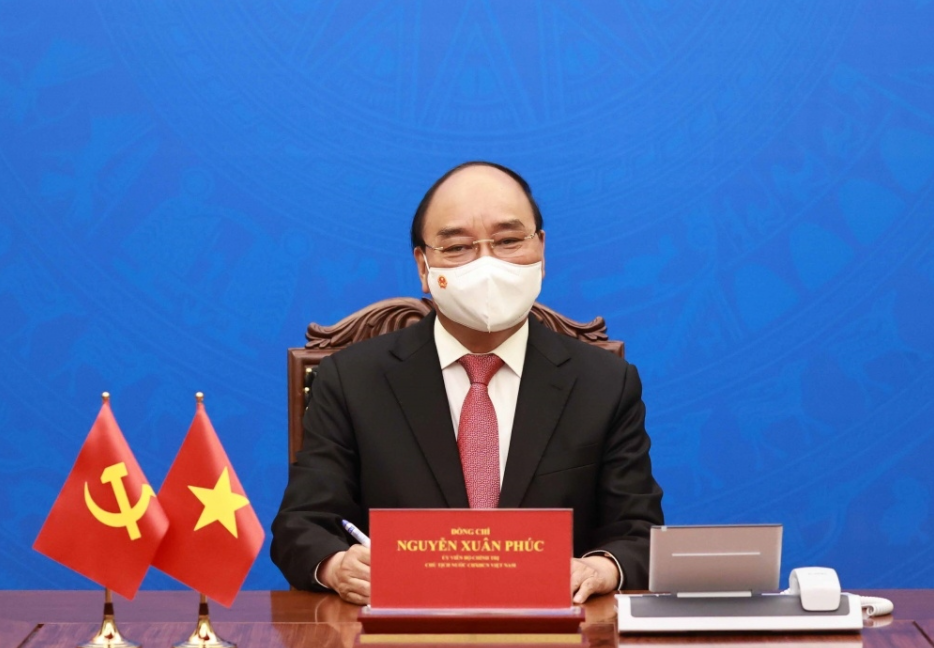 | State President: China must handle sea issue in accordance with international law President Nguyen Xuan Phuc confirmed that the two sides needed to make efforts to maintain a peaceful and stable environment in accordance with international law |
Recommended
 Seas and islands
Seas and islands
Vietnam Endorses Common Voice on Ocean Jurisdiction
 Seas and islands
Seas and islands
Dialogue as Key to Settling Disputes and Advancing Law of the Sea
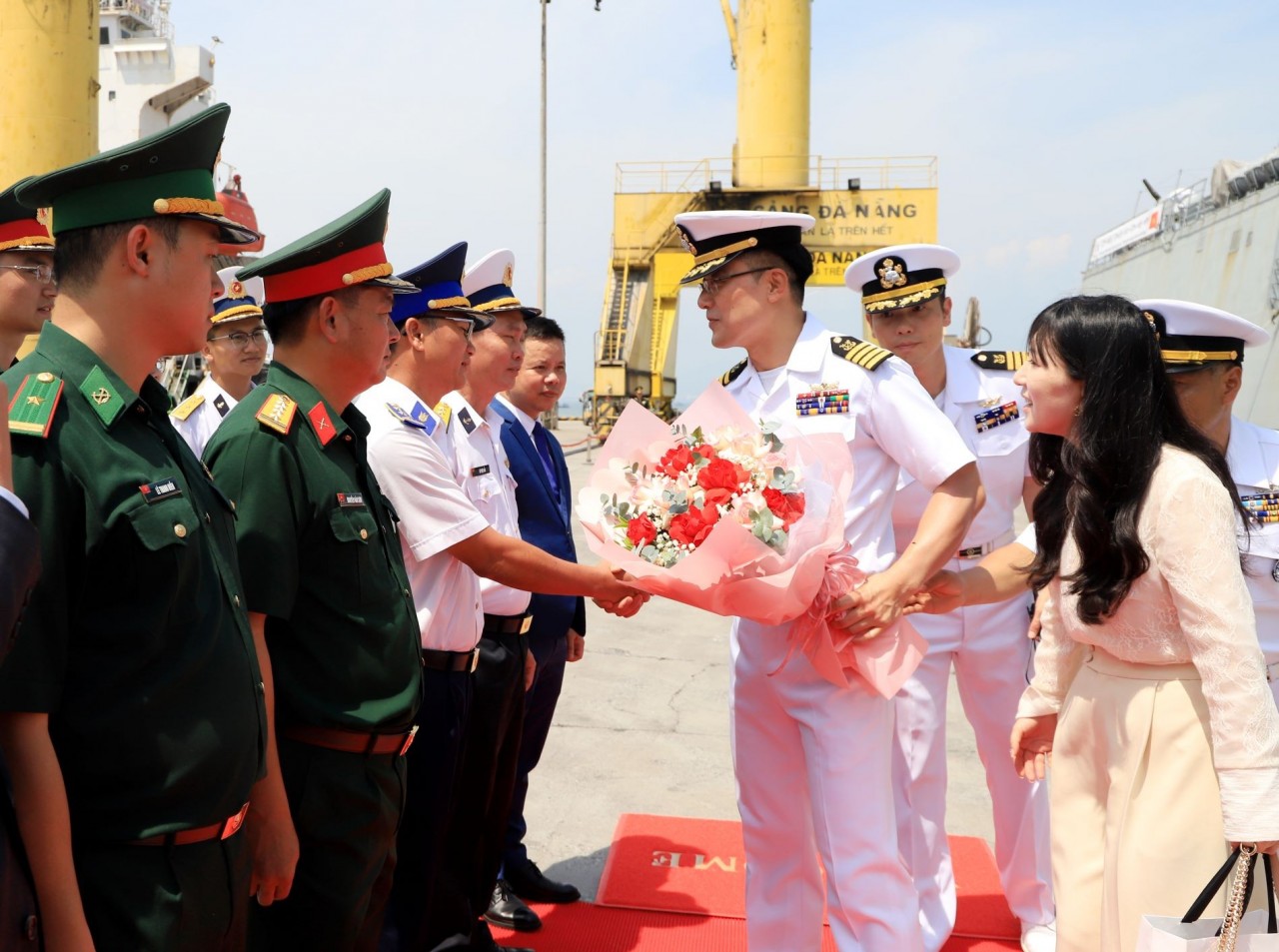 Seas and islands
Seas and islands
RoK Navy Ship Pays Friendly Visit to Da Nang City
 Seas and islands
Seas and islands
Naval Region 5 Promotes Reading Culture, Fosters Patriotism
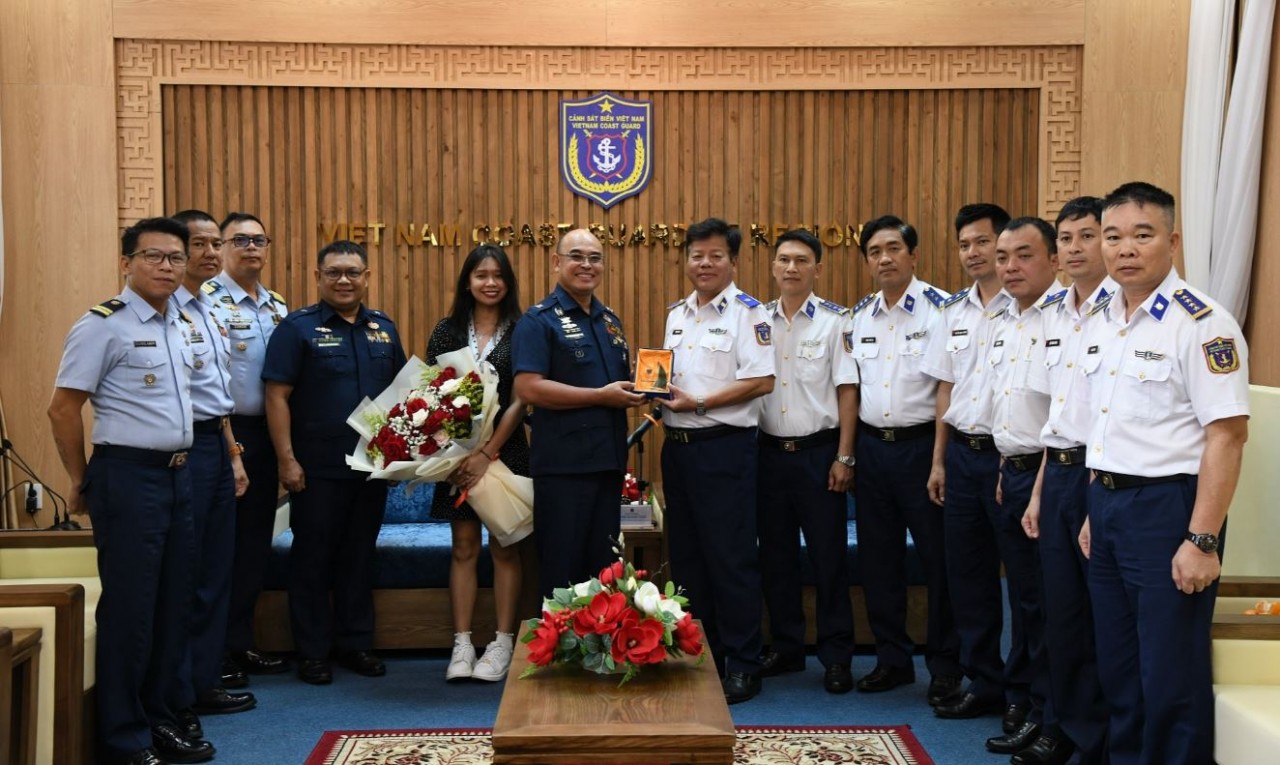 Seas and islands
Seas and islands
Coast Guard Region 2 Command Hosts Philippine Coast Counterpart
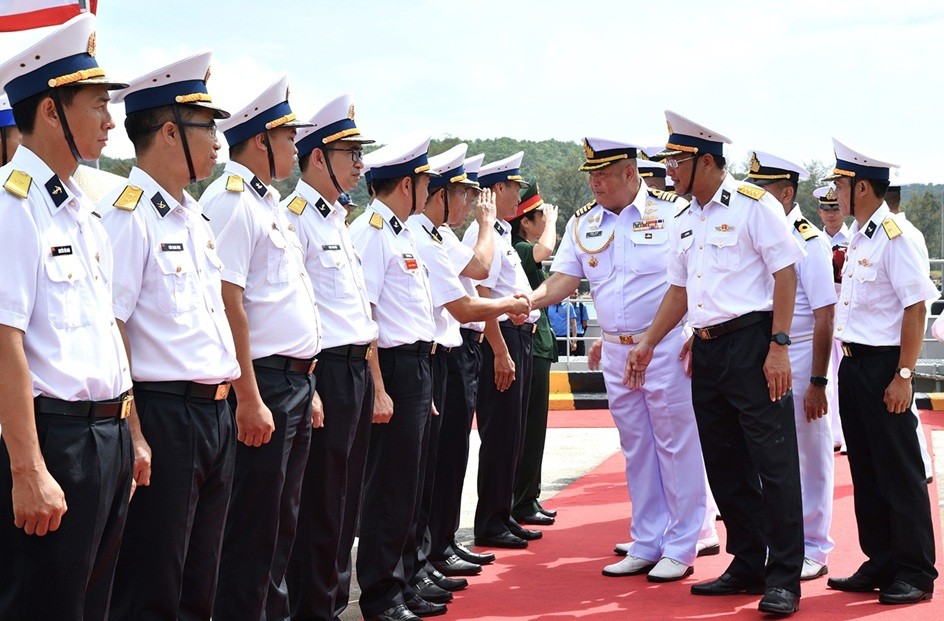 Seas and islands
Seas and islands
Vietnam - Thailand Navy: Coordination to Well Address Problems at Sea
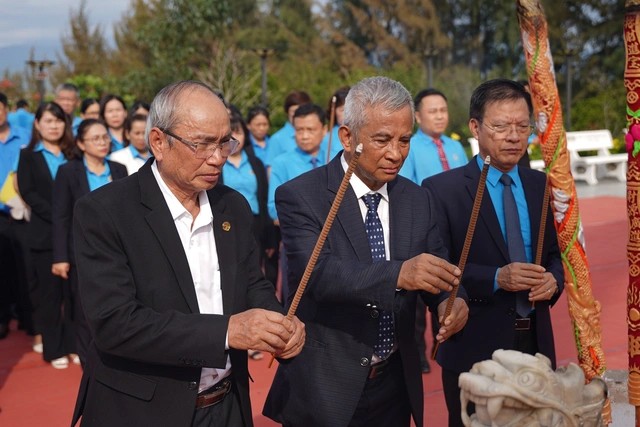 Seas and islands
Seas and islands
Honoring the Fallen: Incense Offering for the 37th Anniversary of Gac Ma
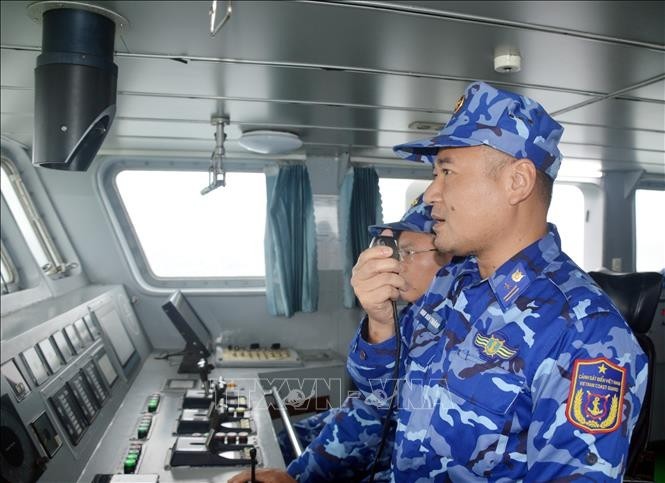 Seas and islands
Seas and islands

